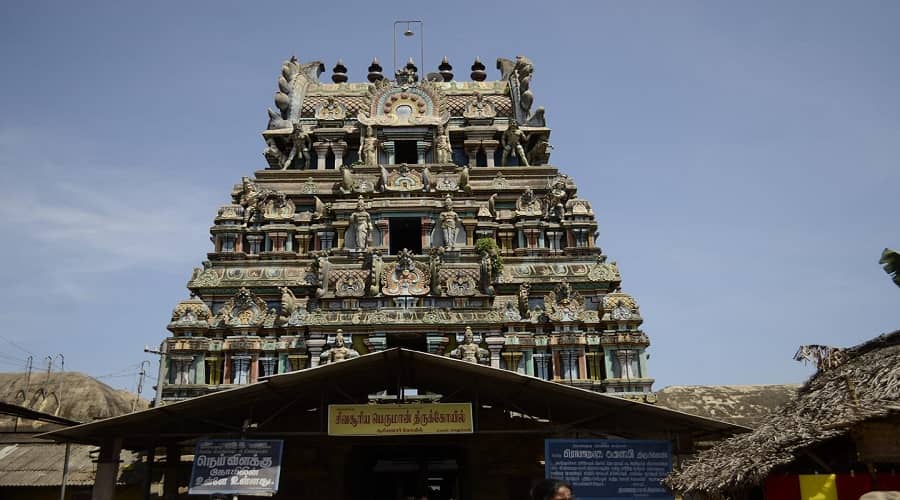

Related posts

Let’s talk about it
We will collaborate to find the right answer and bring progress to your business and to the world.


We will collaborate to find the right answer and bring progress to your business and to the world.